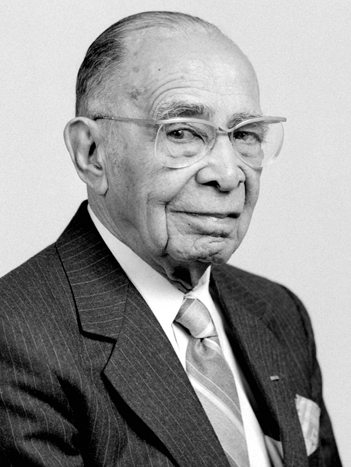 W. Montaque Cobb was best known for his research in physical anthropology, the growth and development of the African American, and the aging of the adult skeleton.
W. Montaque Cobb was best known for his research in physical anthropology, the growth and development of the African American, and the aging of the adult skeleton.Cobb was born in Washington, D.C, and grew up with questions surrounding his own race which led him to the study of anthropology. He graduated from Dunbar High School and continued his studies at Amherst College where he studied a wide variety of subjects and graduated with a Bachelor of Arts degree. After Amherst, Cobb researched embryology at the Woods Hole Marine Biology Laboratory in Massachusetts. He next attended Howard University Medical School, where he earned a Masters Degree in 1929. Followed by time spent at Case Western Reserve University, where he earned a Ph.D. and worked on the Hamann-Todd Skeletal Collection.
He continued his research on human crania-facial union at the Hamann-Todd Collection and the Smithsonian Institute during the summers. Cobb’s two best papers on this subject were The Cranio-Facial Union and the Maxillary Tuber in Mammals (1943), and Cranio-Facial Union in Man (1940). As the only black physical anthropologist with a Ph.D. before the Korean War, Cobb held the only black perspective on physical anthropology for many years.
He served as the Chairman of the Anthropology Section of the American Association for Advancement of Science and was the first African American President of the American Association of Physical Anthropologists. However, Cobb was not only a famous physical anthropologist because of his race, but also because of the great contributions he made to the field of anthropology.
Cobb also made significant contributions in the issue of race in athletics, where he claimed race was insignificant to athletics and he also profiled the biology and demography of the African American race during the 1930’s. W. Montaque Cobb died in 1990 leaving behind his legacy of skeletal research with the with the Laboratory of Anatomy and Physical Anthropology at Howard University.
sources:






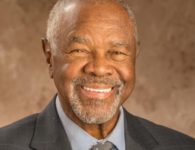
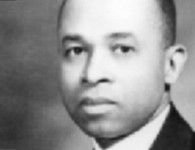
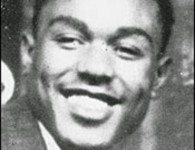
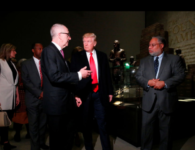
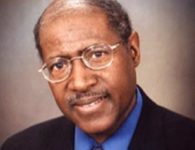


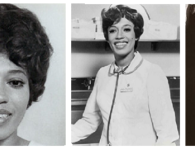
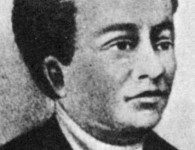


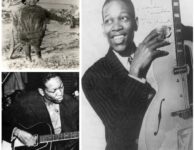
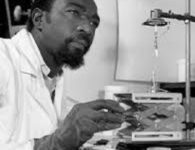
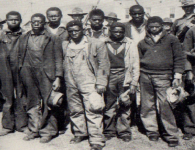

No comments